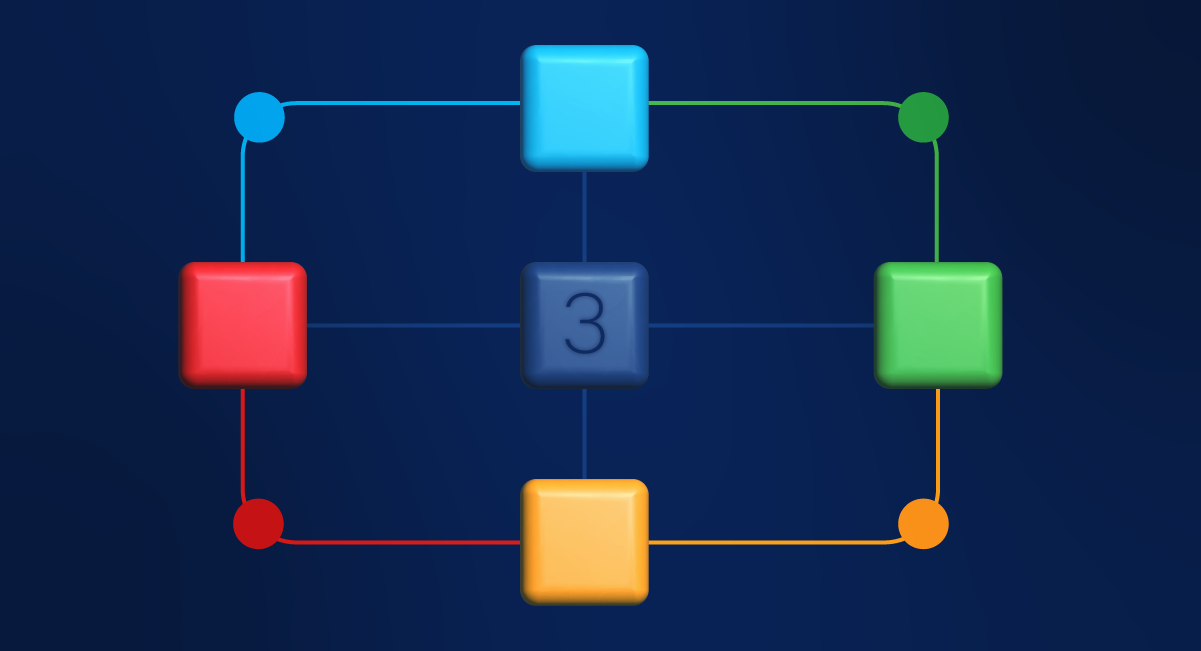The buzz around Web3 shows no signs of slowing down. But does the term signal a bright new era of internet decentralisation and token-based economics, or is it a tech fad that merely increases friction without solving any real problem? To understand – if not answer – these questions, we need to go back to the birth of the internet.
You might think Web3 is a completely new concept. But you’d be wrong. Its origins begin back in the 90s to mid-2000s with Web 1.0, the first one dimensional internet with a single purpose – to list out information. And because no one had thought beyond reading information at that time, Web1 had no functionality to enable sharing, posting, or interacting with the information its users were reading.
Web 2.0 followed in the mid-2000s to late 2010s, bringing with it a second dimension that allowed users to post and share their content in addition to reading. This was the time when Facebook, Instagram and Snapchat were born, each enabling a specific set of multiple functions unique to their platforms.
Today we are taking our first steps into an age, where the internet is not only three-dimensional, but multi-dimensional. The core blockchain technologies that power Web3 are driven by peer-to-peer networks, decentralising the internet, and giving control of data back to its users. Whether it’s social media, banking details or passwords; conceivably, everything could be secured by the blockchain. As organisations continue to pivot towards the cloud for data storage, compute power and Software-as-a-Service, Web3 has the potential to support whole economies built on the blockchain, where users can provide services directly to one another, and no single intermediary entity owns, or has centralized control of the platform - you can buy and sell within the system itself.
Proponents of Web3 hail it as the next phase of the internet, superseding our traditional notions of Web 2.0 and morphing into a new iteration, built on decentralised blockchains which support emerging technologies like cryptocurrency, DAOs (Decentralized Autonomous Organizations and NFTs (Non-Fungible Tokens). Sceptics claim that VCs, already deeply invested in the mechanics which support Web3, may ultimately cancel-out the idealistic premise of decentralisation and interoperability, creating instead another centralised platform, just with a different name.
“Many of the promises inherent to Web3 – decentralization of cloud services, the advent of seamless virtual environments, and the broad ownership of digital assets – can only be realized with a vast enhancement to the underlying infrastructure of the internet,” said Vijoy Pandey, Vice President, Emerging Technologies and Incubation (ET&I), Cisco. “All these innovations will require more bandwidth, both at the commercial and user levels, increased compute power in the cloud and at the edge, and importantly, robust security to protect and give users control over their digital identity, privacy, and the information and financial value that they will store on the blockchain. Our corporate mission is to provide an inclusive future for all, and we have a unique opportunity to play a part in building a better, more equitable and inclusive future for everyone using Web3 if it is implemented as designed. The bottom line is that Web3 ultimately represents digital transformation on an unprecedented scale, and all aspects of today’s internet will need to evolve for this vision to become a reality."
###




